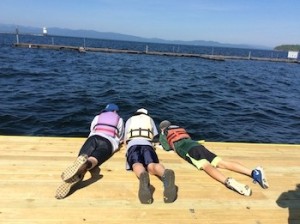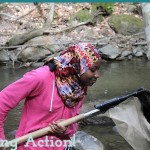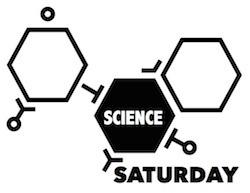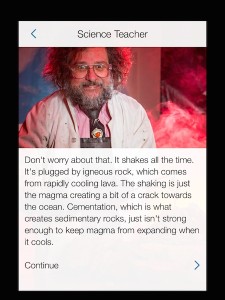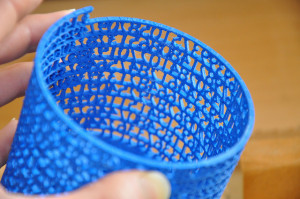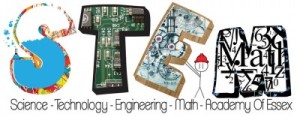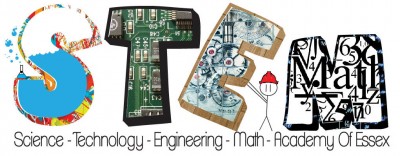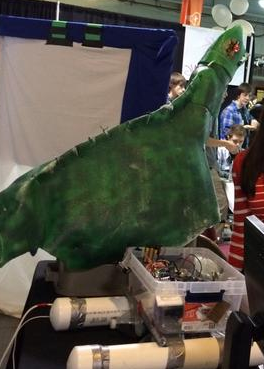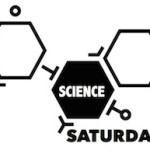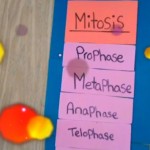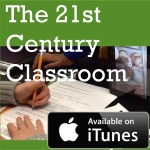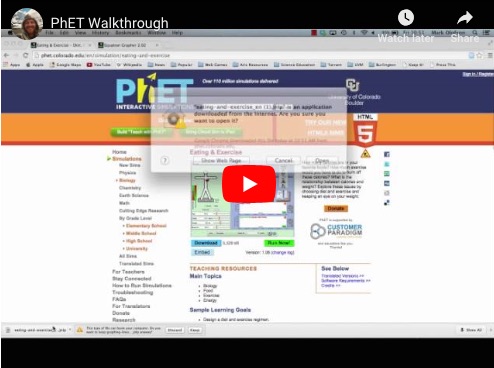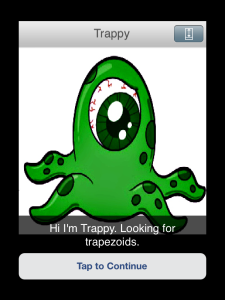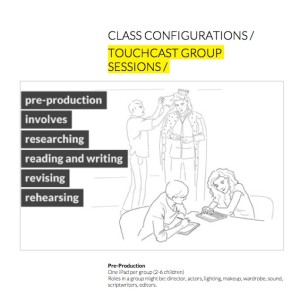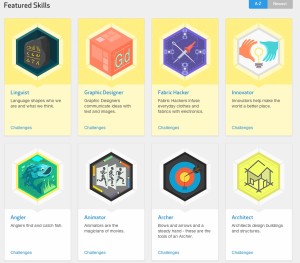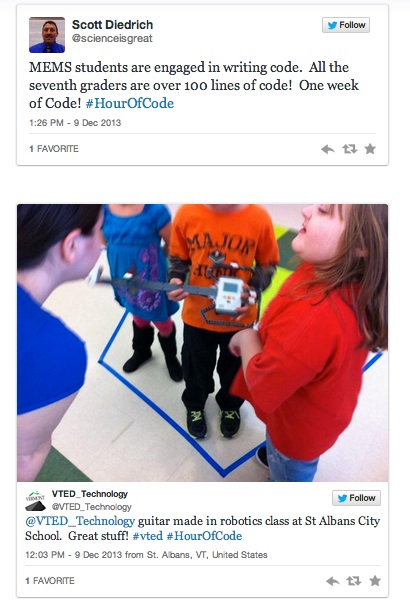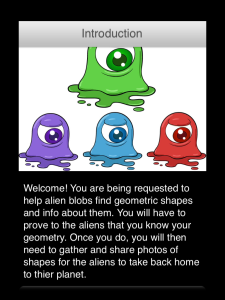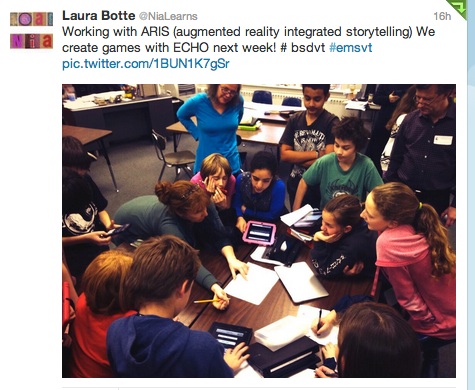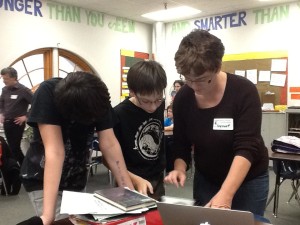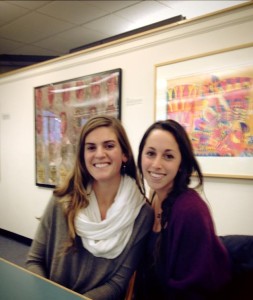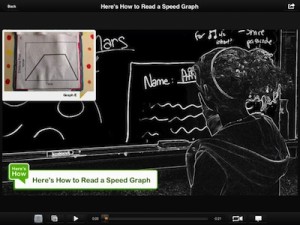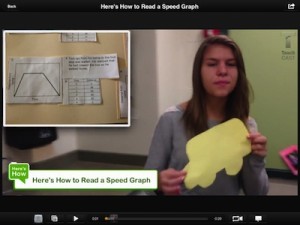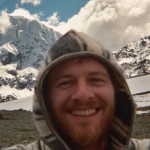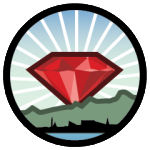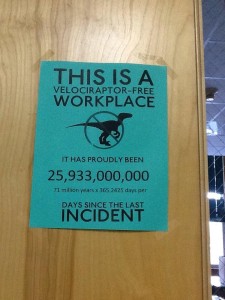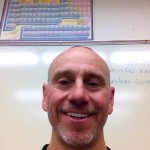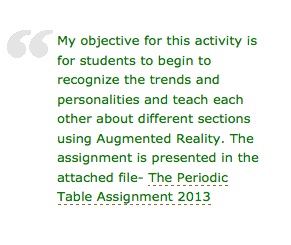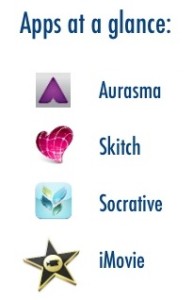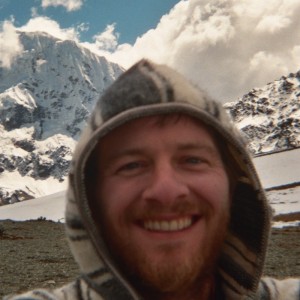 Hi there! My name is Mark Olofson, and I am a new research fellow here at TIIE. I worked for a number of years as a science educator, and I’m going to use this space to share some of the things I learned in the field related to using technological tools to teach science. I’m going to try and post ideas for science activities.
Hi there! My name is Mark Olofson, and I am a new research fellow here at TIIE. I worked for a number of years as a science educator, and I’m going to use this space to share some of the things I learned in the field related to using technological tools to teach science. I’m going to try and post ideas for science activities.
It’s back to school time, which means that many folks are getting to teach the scientific method. I remember as a student being frustrated by having to memorize what seemed to be arbitrary steps so that I could complete a matching quiz to prove that I knew how to be a scientist. As a teacher, I tossed out the idea of teaching discrete steps, and instead focused on practice, instead of vocabulary. I did this through setting up an inquiry lab space: materials and little else. I prompted with questions such as “What types of things can we find out?” “How can we go about finding that out?” Follow-up questions were useful to help students dig deeper. The process was aided by student background knowledge, and the context of a science room. Eventually we’d work our way to a way of asking questions and methodically looking for answers that we could agree to as a class.
One practical limitation of this is, of course, materials. Students wanted to interact with glassware and reagents, and they wanted to play! Since the goal is for them to construct their own questions and analyze those constructions and methods for investigation, I didn’t want to cap any part of their play, but practical and safety concerns arose. Enter the use of simulations.
Using a well designed lab simulation – such as the PhET simulations (I’ll write much more about these later) – removes these issues. Small groups of students can choose a simulation with which to work, or you can choose to run one on the classroom projector, while the students work through crafting their questions and methods of inquiry in small groups.
Open prompts for writing or small group discussion start the activity: What do you see? What are some things we could change? What are some measurements we can make? You can then move towards more direct prompts: What is a question that you can ask that we can answer by using this sim? What is a question that we can’t answer using this sim?
Your own style of inquiry, your students, and your classroom culture will of course shape the lesson, the artifacts, and the evaluation. But as you approach this (possibly dry) topic, consider using an inquiry model with a simulation at the center.
—
Mark Olofson is a first year doctoral student at UVM and began working with the Tarrant Institute in the Fall 2013. Mark has taught middle and high school science and mathematics in Colorado as well as Los Cabos, Mexico. He is looking forward to incorporating his experience with content-driven technology integration and blending brick-and-mortar with virtual learning environments into his work with TIIE. Mark believes in the importance of student-community interaction and the need for the creation of authentic learning artifacts by students. Mark is new to Vermont, and enjoys many outdoor activities such as cycling, hiking, and whitewater paddling. He can be reached at molofson@uvm.edu.
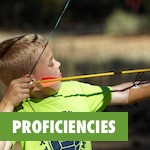 Green Mountain 7th graders and HS physics students apply math and science to a real-world problem: hitting targets. They collaborate in multi-age teams to design and build projectile launchers. Then they calculate trajectories and calibrate their creations before taking aim.
Green Mountain 7th graders and HS physics students apply math and science to a real-world problem: hitting targets. They collaborate in multi-age teams to design and build projectile launchers. Then they calculate trajectories and calibrate their creations before taking aim.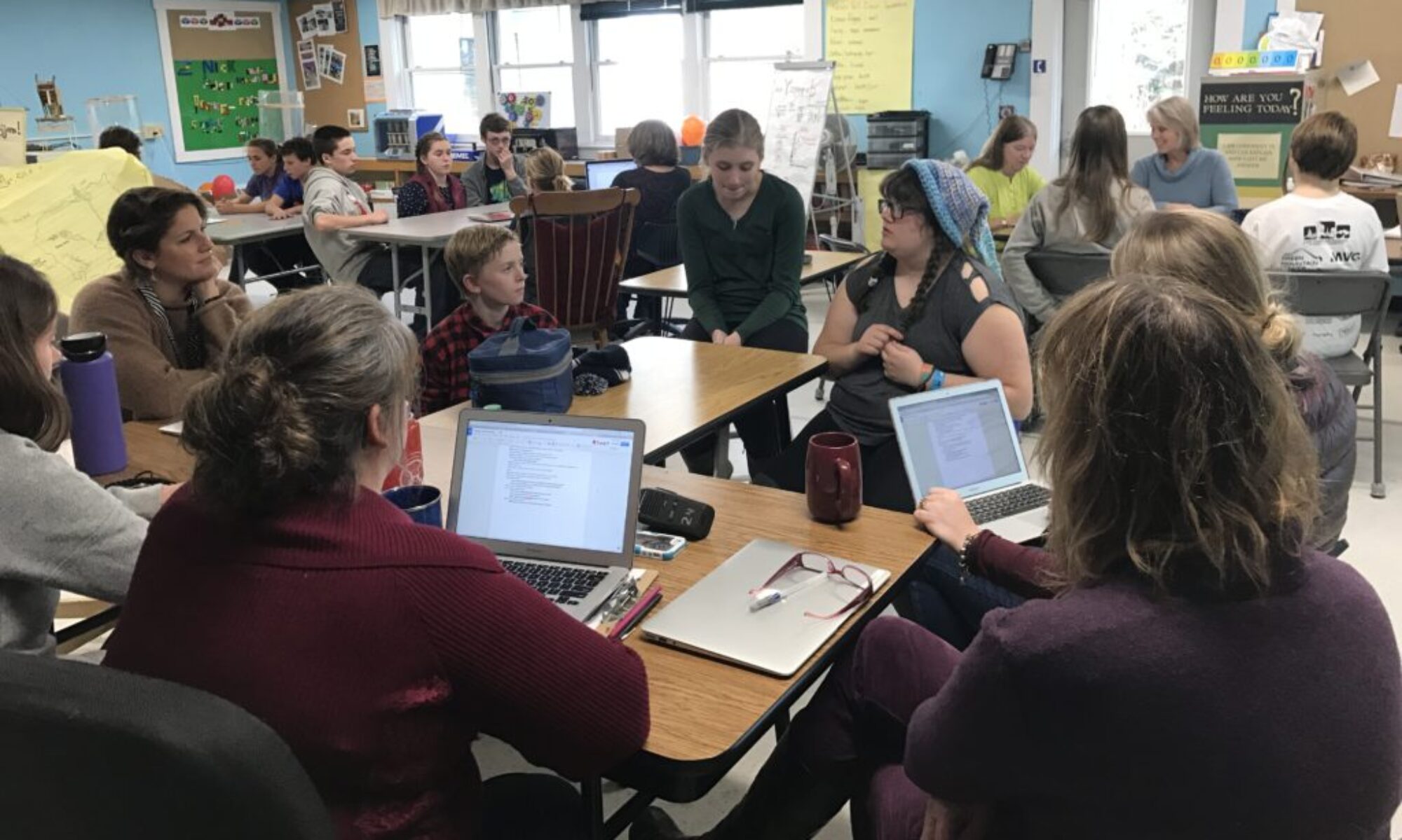

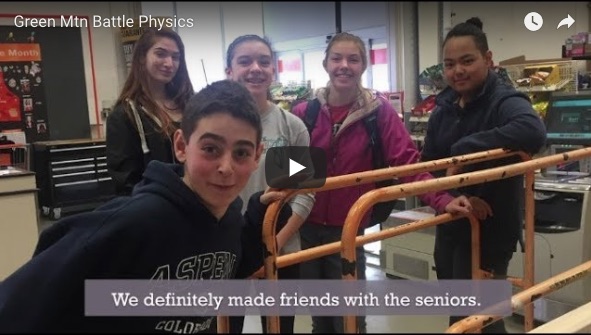
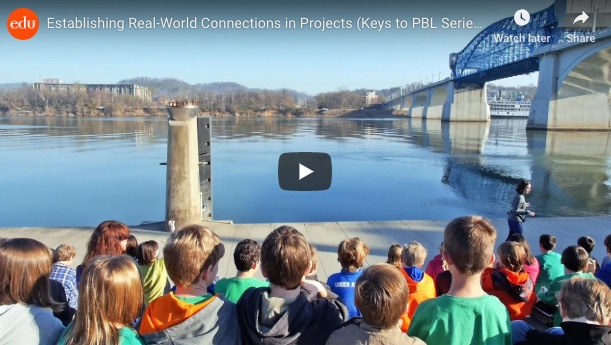
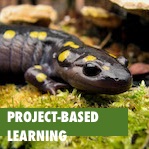 One of the keys of the Project-Based Learning approach is to engage students in solving real-world problems. Ideally, students are involved in exploring relevant and authentic challenges in their community, state, nation, or world. Sometimes teachers and students have to search hard for a need or an opportunity.
One of the keys of the Project-Based Learning approach is to engage students in solving real-world problems. Ideally, students are involved in exploring relevant and authentic challenges in their community, state, nation, or world. Sometimes teachers and students have to search hard for a need or an opportunity. 